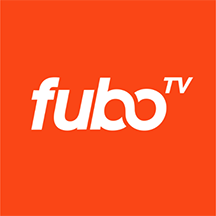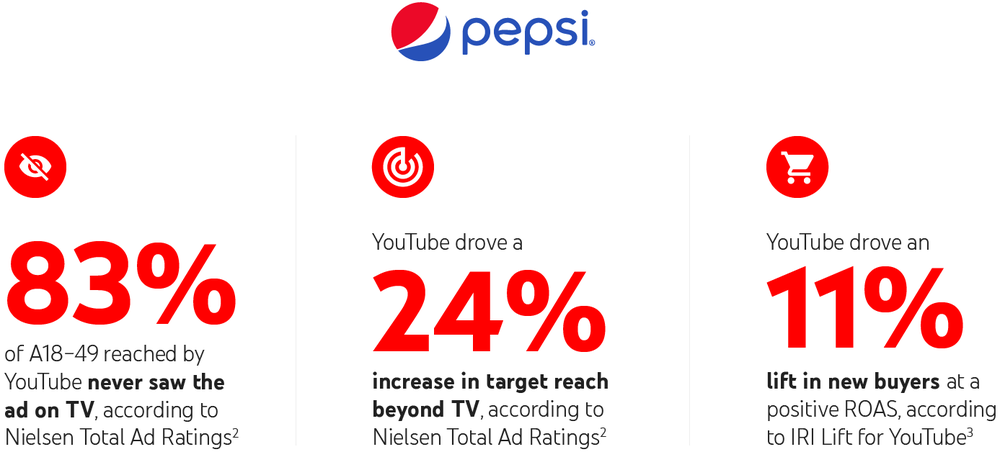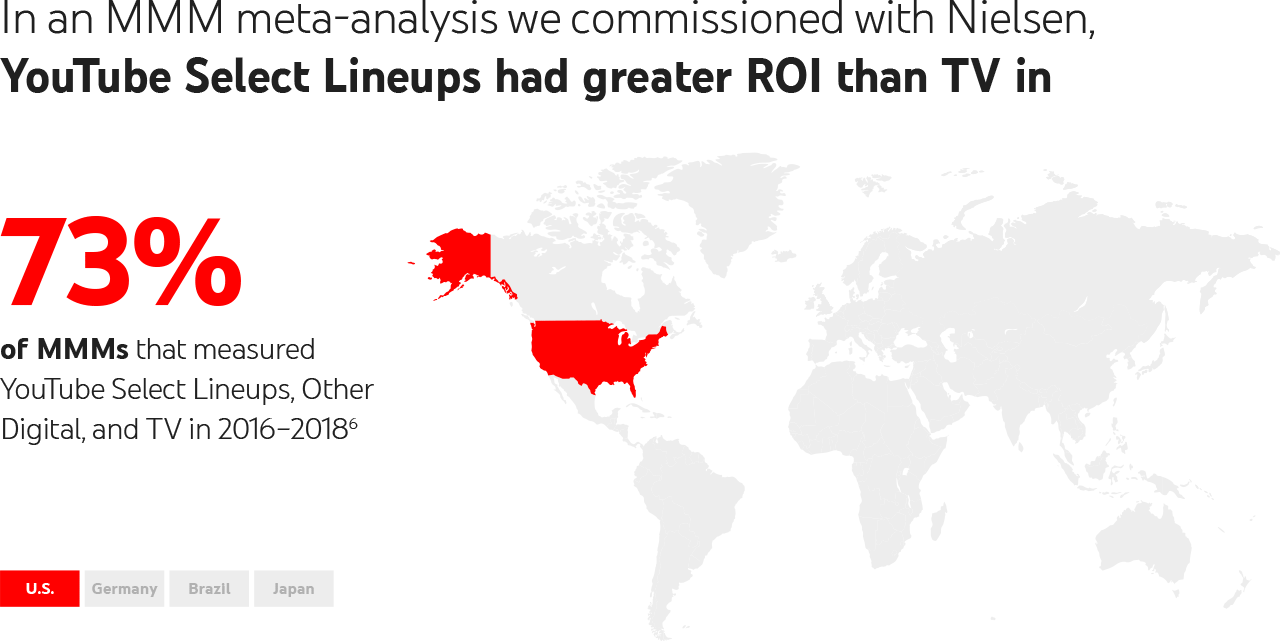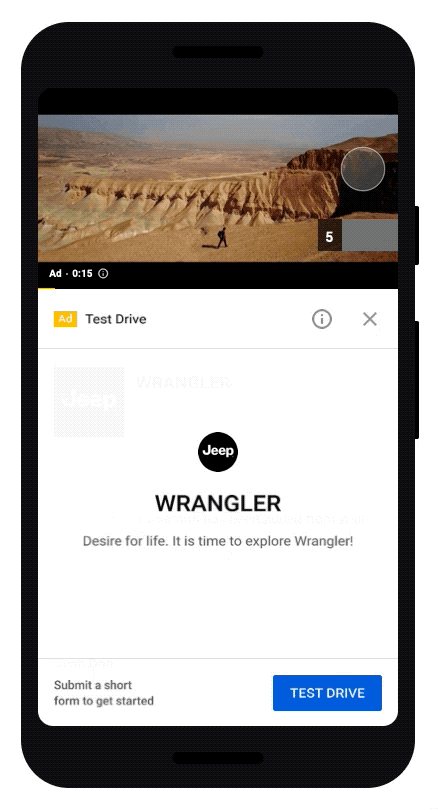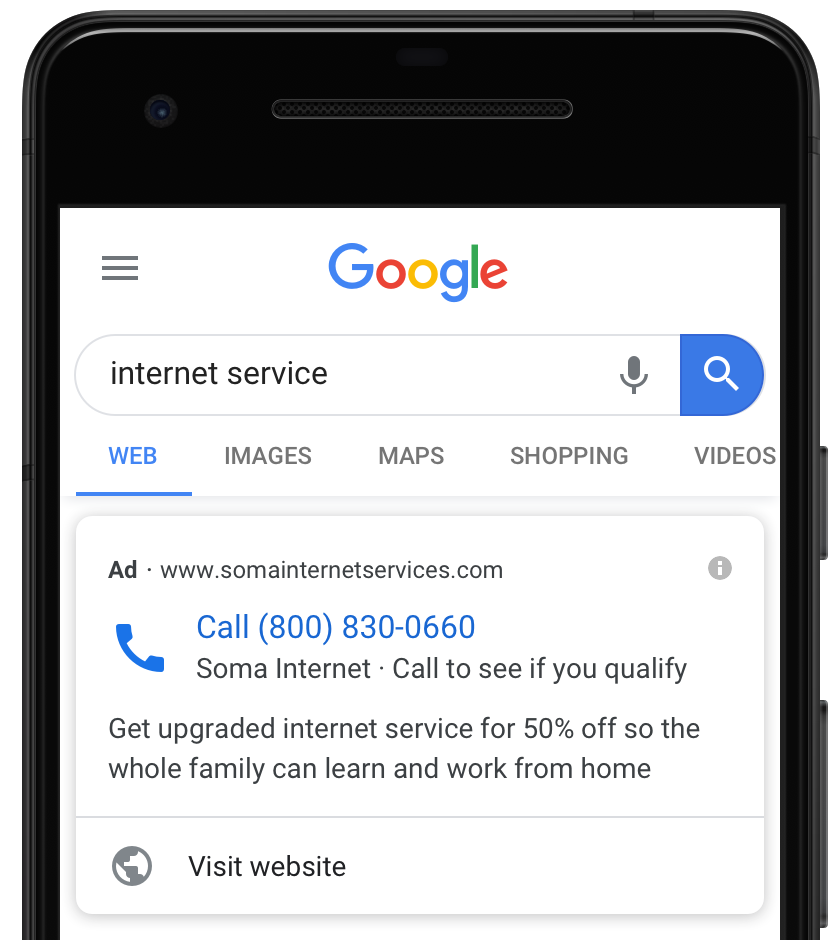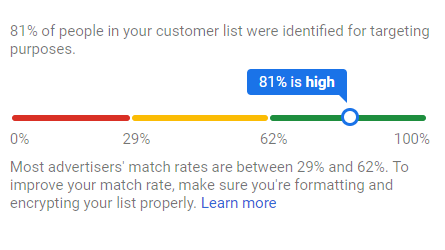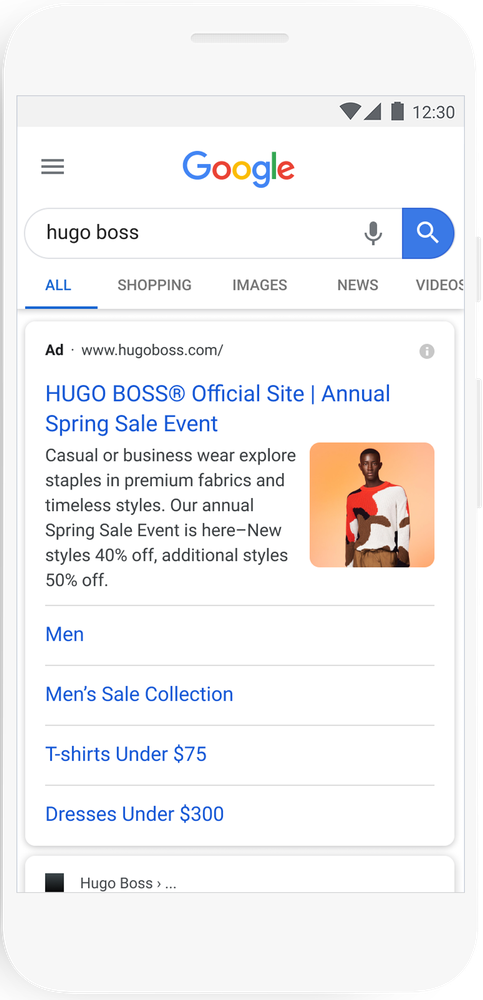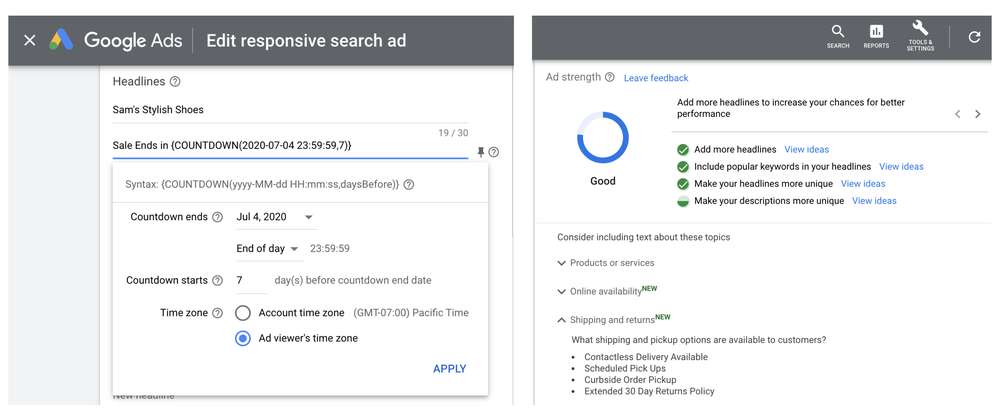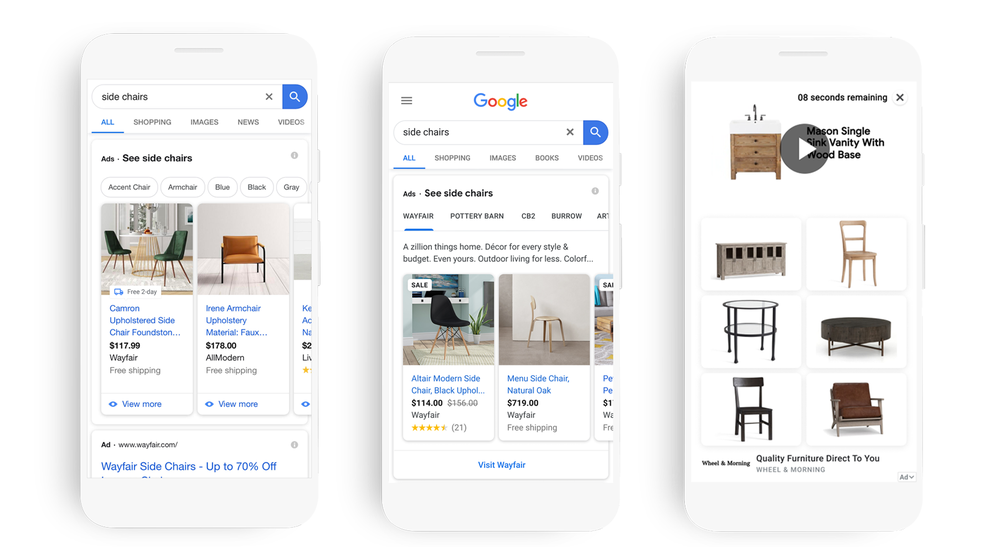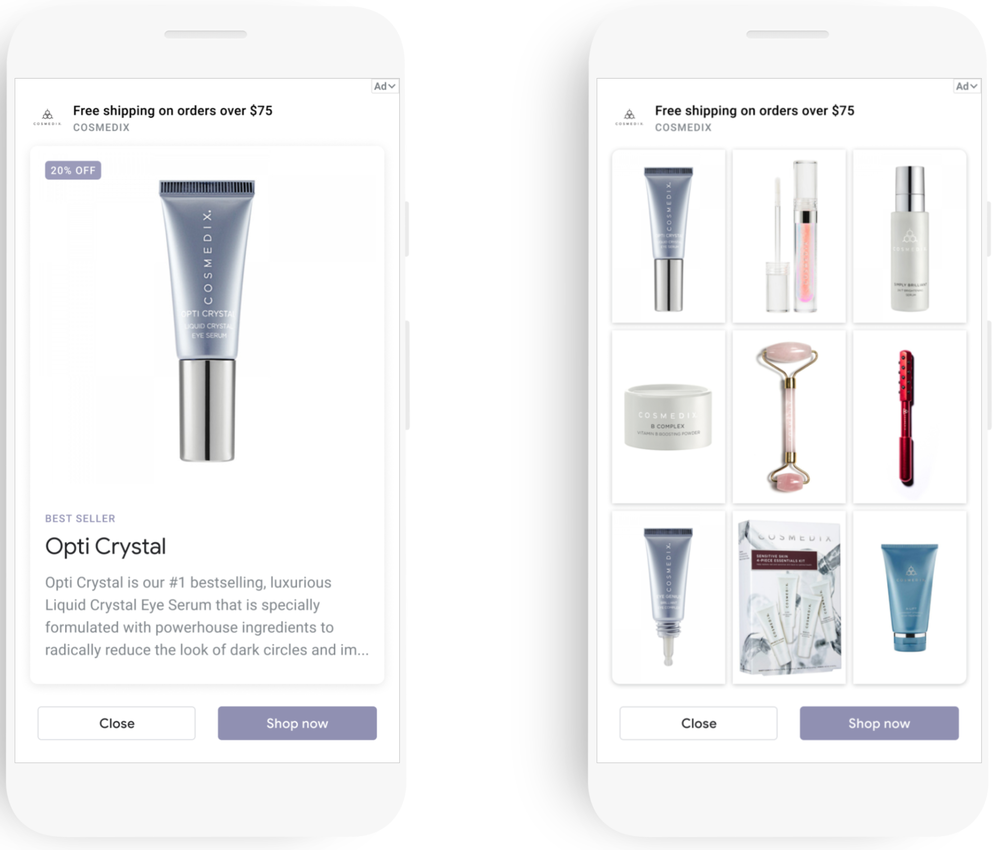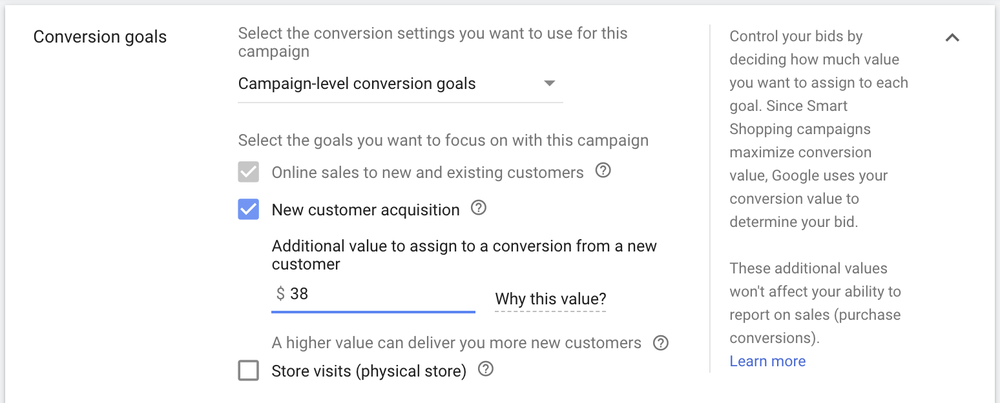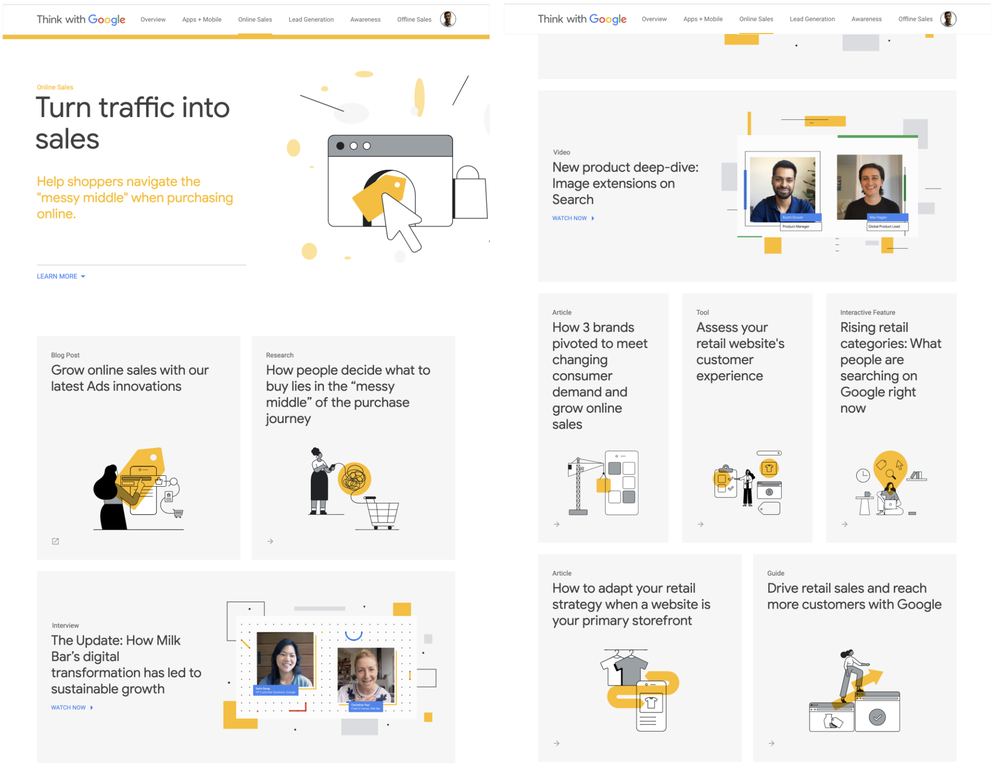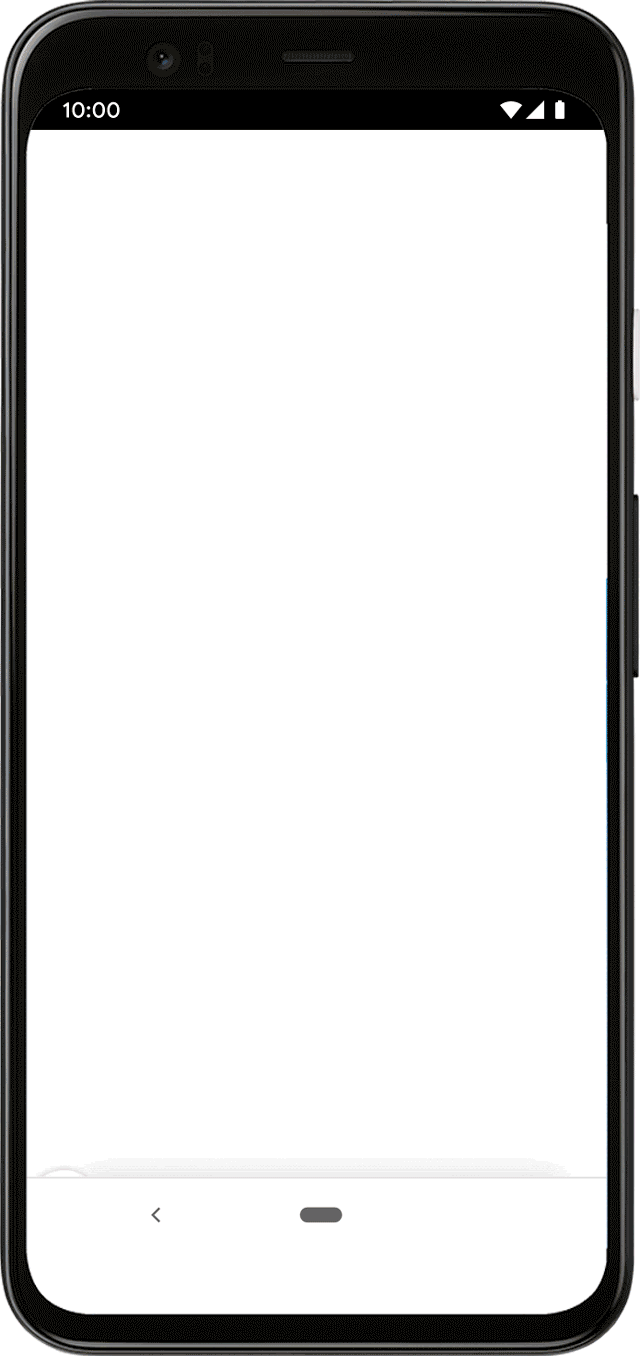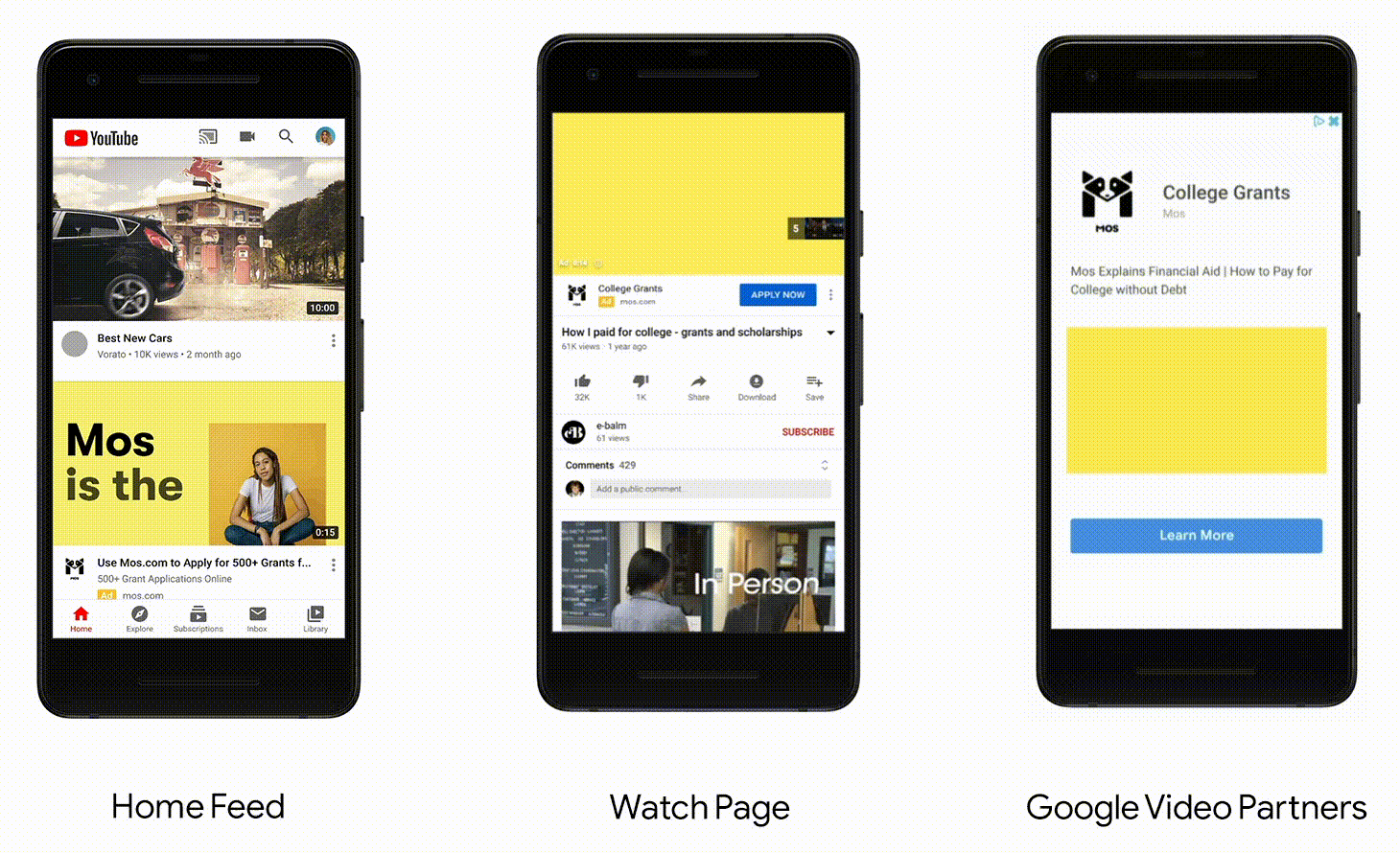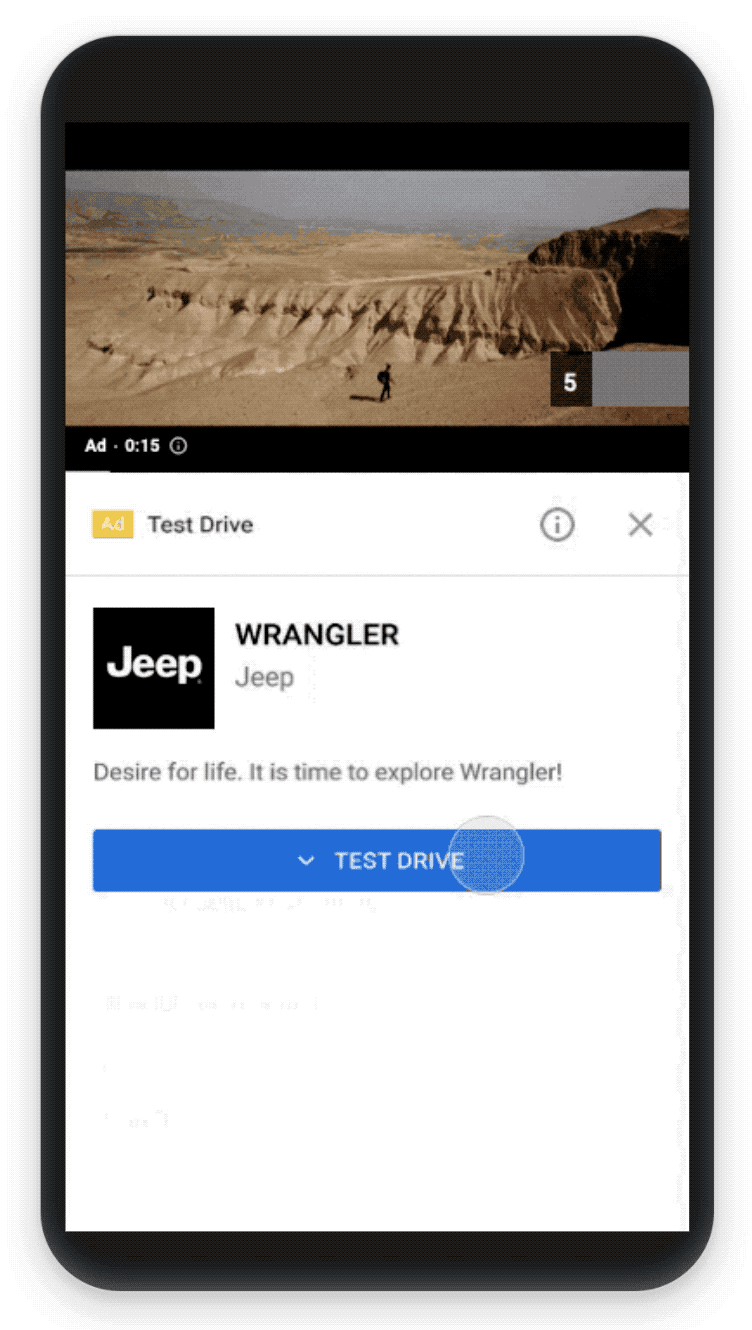In October of 2019, we announced that we are continuing to take action to limit the pixels we allow on YouTube, while investing in our cloud-based, privacy-centric measurement and analytics solution called Ads Data Hub. This solution provides three benefits for marketers. First, Ads Data Hub ensures end-user privacy by enforcing privacy checks and aggregating Google data before it leaves the Google-owned Cloud project. Second, because Ads Data Hub does not rely on pixels, it allows advertisers access to comprehensive measurement and insights on how their advertising is performing across screens, including mobile apps, for YouTube media bought via YouTube and Google ad platforms, including Google Ads, Display & Video 360. Finally, Ads Data Hub is paving the way for a durable future for measurement on YouTube, enabling cross-publisher reporting by third parties that are compatible with the privacy-centric world.
Media Rating Council accredits Ads Data Hub
Today, we're announcing Media Rating Council (MRC) accreditations for Ads Data Hub, a first for a clean-room-based measurement product in the industry. Ads Data Hub has been accredited by MRC for Sophisticated Invalid Traffic (SIVT)-filtered, rendered and viewable video ad impressions and TrueView Views generated through the Ads Data Hub user interface and API. Accreditation covers desktop, mobile web and mobile in-app for YouTube and Google Video Partners video ads on Google Ads, Display & Video 360 and YouTube Reserve, and includes the processes used in the matching of unique audience identifiers.
New measurement partners complete Ads Data Hub migration
Over the last year, we’ve been working with several measurement partners to migrate their vendor services to Ads Data Hub. As of today, Comscore, DoubleVerify, Dynata, Kantar, Integral Ad Science, Nielsen, and Moat by Oracle have completed migration and have completely switched to Ads Data Hub-based reporting. These measurement partners are in addition to the list of already existing partners reporting on YouTube. We also expect many of these partners will independently seek MRC accreditation of their Ads Data Hub-based reporting.
We are committed to fostering a healthy measurement partner ecosystem, with privacy at its core. With the MRC accreditation of Ads Data Hub and the full migration of global third-party brand-measurement partners, advertisers will gain more comprehensive reporting and measurement, using technology that’s built to enhance user privacy. We are thrilled to mark a big step toward durable, privacy-centric, trustworthy measurement and remain committed to innovation for more capabilities in the future.

